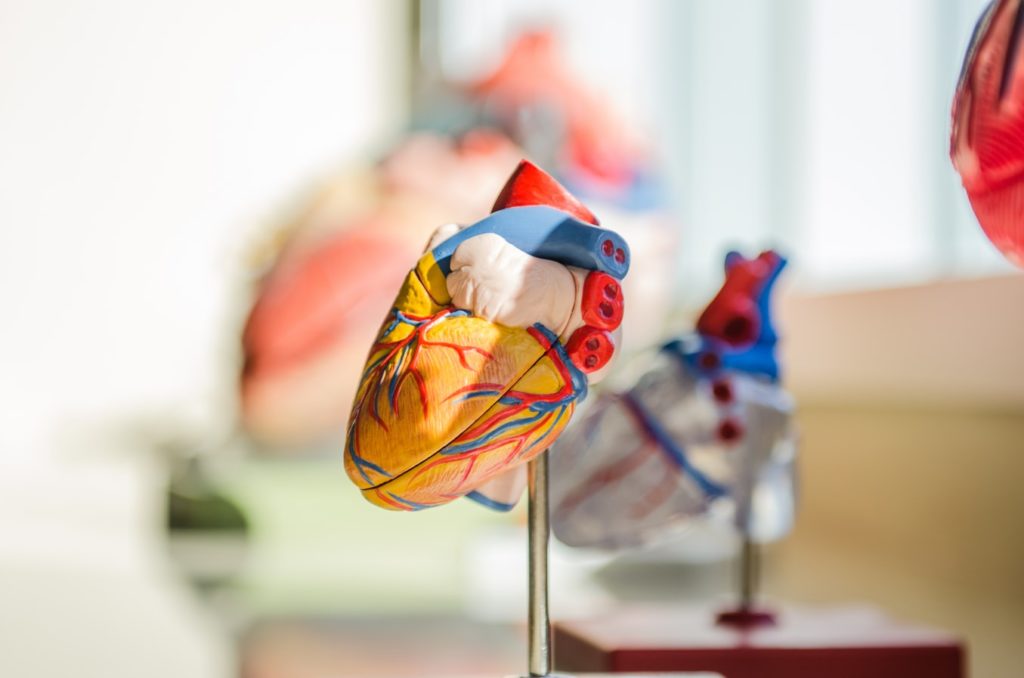
A Commonly Held Believe
Would you be in a state of disbelieve since that is what we have always known to be true, have always been told, or have been led to believe? I wouldn’t blame you. It does, at least on the surface, seem very logical. Blood comes into the heart and then it gets “pumped” out and back into our arteries. Simple right, not quite, As Dr. Thomas Cowan elegantly covers in his book Human Heart, Cosmic Heart: A Doctor’s Quest to Understand, Treat, and Prevent Cardiovascular Disease. This notion that the heart acts as a pump is easily disproven, in Cowan’s opinion, when you look at how blood circulates through our blood vessels, of which there are basically three types: arteries, veins, and capillaries. This is known as circulation, which is crucial to have a basic understanding of if we are going to determine whether the heart is a pump or not.
One Man’s Idea, Led to Anothers Investigation
What led to Dr. Thomas Cowan to start investigating whether the heart was a pump or not? He encountered Rudolf Steiner’s idea that the three most important “things” for the further of evolution of humanity are: (1) That people stop working for money, (2) that people realize there is no difference between sensory and motor nerves, and (3) that the heart is not a pump. The idea that interested Cowan the most was, of course, that the heart is not a pump. Which drove him to question everything he’d learned about the heart and circulation.
A Description of Circulation
Here is Dr. Cowan’s simple but technical description of circulation:1
“When blood starts it journey through out bodies it exits the heart, it travels through the large aortic arch into the major arteries and then into the smaller arterioles until it meets the “midpoint”, the capillaries.
Capillaries are the one-layer thick transition vessels where nutrients and gases are exchanged between the blood and the cells. The capillary system is massive; if it were spread out, it would cover at least one entire football field.2
After the blood exits the capillaries, it enters the smallest venules in its trip back to the heart. From the small venules, it goes to the progressively larger veins and then finally into the largest veins like the inferior and superior vena cava that bring all of the blood from the body back to the heart and lungs. The purpose of this circulation is to bring oxygenated, nutrient-rich blood to the cells where it is needed and then bring the oxygen-poor, nutrient-poor blood back to the heart and lungs so that it can be replenished.”
Is the Heart A Pump?
Researchers who have examined the relative velocity of the blood at various stages of circulation3 have found that the blood moves the fastest in the large arteries and veins, where there are fewer channels. And that the blood flows the slowest in the capillaries, because there is so many of them. I like to think of them as being similar to how water moves in rivers vs streams. Here is the amazing part the blood actually stops moving in the capillaries, yes you read that right your blood comes to a complete stand still. This is necessary in order to efficiently exchange gases, nutrients, and waste products. After the blood has come to a stop, it oscillates (moves back and forth) slightly, and then begins to flow again. If the blood stops moving at the midpoint of its journey through the blood vessels, to only then start moving again, what is the force that drives this movement? Is it possible that this force is the “pumping” of the heart? Dr. Cowan does not think this would be possible (and I agree) for the amount of force needed to get the blood flowing again, after stopping at the midpoint of circulation and needing to fight gravity to return to the heart, would have to be immense.
Our Hearts Are Strong, But Not Strong Enough (to Be A Pump)
An article, by the Rodulf Steiner Research Center, published in the 1995 issue of “Frontier Perspectives.” Which is the journal of the Center for Frontier Sciences at Temple University in Philadelphia, PA states:4
“The heart, an organ weighing about three hundred grams, is supposed to `pump’ some eight thousand liters of blood per day at rest and much more during activity, without fatigue. In terms of mechanical work this represents the lifting of approximately 100 pounds one mile high! In terms of capillary flow, the heart is performing an even more prodigious task of `forcing’ the blood with a viscosity five times greater than that of water through millions of capillaries with diameters often smaller than the red blood cells themselves! Clearly, such claims go beyond reason and imagination.”Our hearts simply cannot contract that forcefully.
Questioning How Our Blood Circulates
Another couple questions, we could ask, that could provide a possible answer to how the blood circulates could be. Wouldn’t there have to be some pump located in the capillaries propelling blood forward and upward? Or, is there some “vital force” located in the capillaries that does this pumping. These are both legitimate questions, but one thing is clear (in my opinion): If the blood has stopped moving inside the capillaries, then any force generated by the heart would not be sufficient and thus it must arise in the capillaries. This is just a piece of the puzzle in understanding why the theory behind why the heart is not a pump and if it is not a pump what does the heart act as?
- https://www.amazon.com/Human-Heart-Cosmic-Understand-Cardiovascular/dp/1603586199
- http://kriorus.ru/sites/kriorus/files/nanomed/NANOMEDI.PDF
- https://training.seer.cancer.gov/anatomy/cardiovascular/blood/physiology.html
- http://www.rsarchive.org/RelArtic/Marinelli/
Source: http://kinetik-fitness.com/show-all/1313/what-if-i-told-you-the-heart-is-not-a-pump/